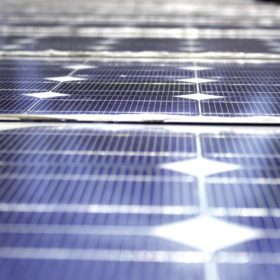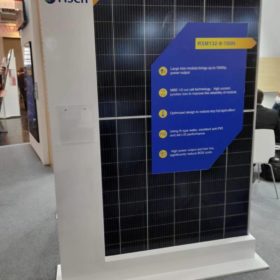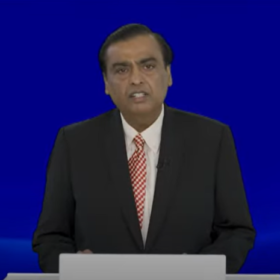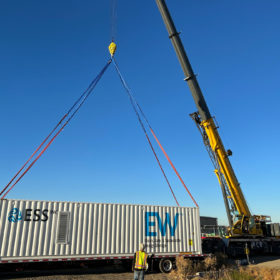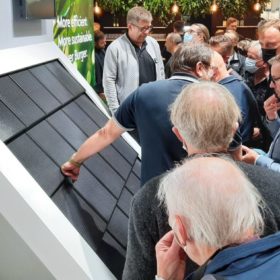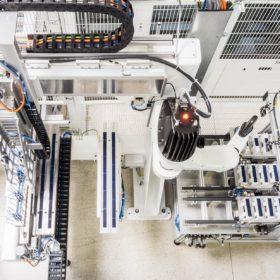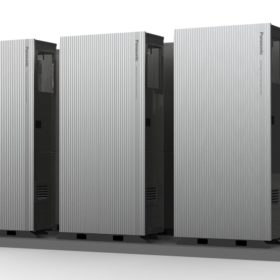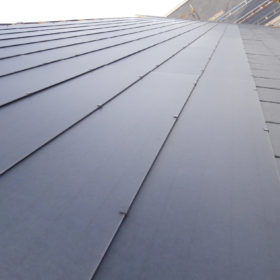Australia’s largest solar supplier expects shortfalls and up to 30% prices hikes as global stock contest escalates
Australia’s largest wholesale solar distributor is expecting shortfalls of supply coupled with 20% to 30% cost increases as a result of the energy crisis in China. The situation in Australia is particularly fragile, pv magazine Australia was told, with our low pricing and the comparable size of our market not playing to our favour in the global battle for solar supplies.
Risen showcases n-type solar panel with output of 700 W
The 210 mm module can reach a power output of up to 703.6 W and a power conversion efficiency of 23.08%. The result was confirmed by Germany’s TÜV SÜD.
Reliance Industries acquires 100% stake in REC Group, plans new manufacturing bases
India headquartered multinational Reliance Industries, through its subsidiary Reliance New Energy Solar Limited, yesterday announced the acquisition of Norway headquartered module manufacturer REC Group. The move comes as Reliance pushes forward with its US$10 billion plan to move in on the renewable energy industry, having also this week announced acquisition of a 40% share in EPC provider Sterling & Wilson.
Iron flow battery tech shows promise for mid-duration energy storage
The ESS battery systems have a prescribed design life of 25 years, but the battery modules, electrolyte, plumbing, and other components may well last for decades longer with proper maintenance.
Meyer Burger unveils new solar tiles
Meyer Burger plans to start selling a new building-integrated PV product from 2022. It says the solar tiles have a high energy yield, with simplified installation and the ability to also provide heating. German engineering company paXos designed the tiles.
Saturday read: Chinese U-turn on stranded Australian coal could aid solar imports
China’s coal crunch looks set to see the nation turn to the Australian coal it has kept stranded via its year-long unofficial import ban. The news isn’t great for CO2 emissions, but could ease the significant impacts being felt by the Chinese solar industry.
New ‘matrix’ layout for shingled solar cells
German equipment supplier M10 and research institute Fraunhofer ISE will unveil a new prototype stringer for shingled module layouts at the Intersolar Europe trade show later this week. Employing an offset layout for the shingles, the approach promises a relative efficiency gain of up to 6%, compared to a conventional half-cell module.
Vanadium redox flow batteries with purported LCOS of $0.10/kWh
Singapore-based VFlowTech has secured funds to scale up manufacturing of its vanadium redox flow batteries. The company currently offers three modular products that can be scaled to multi-megawatt-hour systems.
Panasonic launches 5 kW fuel cell system for commercial applications
The system has dimensions of 834×417×1,766 mm and weighs 205 kg including the design panel. It achieves an electrical efficiency of 56% and can be connected with a hot water storage unit.
Solar tile with 14.2% efficiency from Denmark
Dansk Solenergi ApS has developed a 13.6 kg tile that can be used for both new buildings and building renovation. The device is currently being produced in Denmark, where the company operates a 40 MW line.
